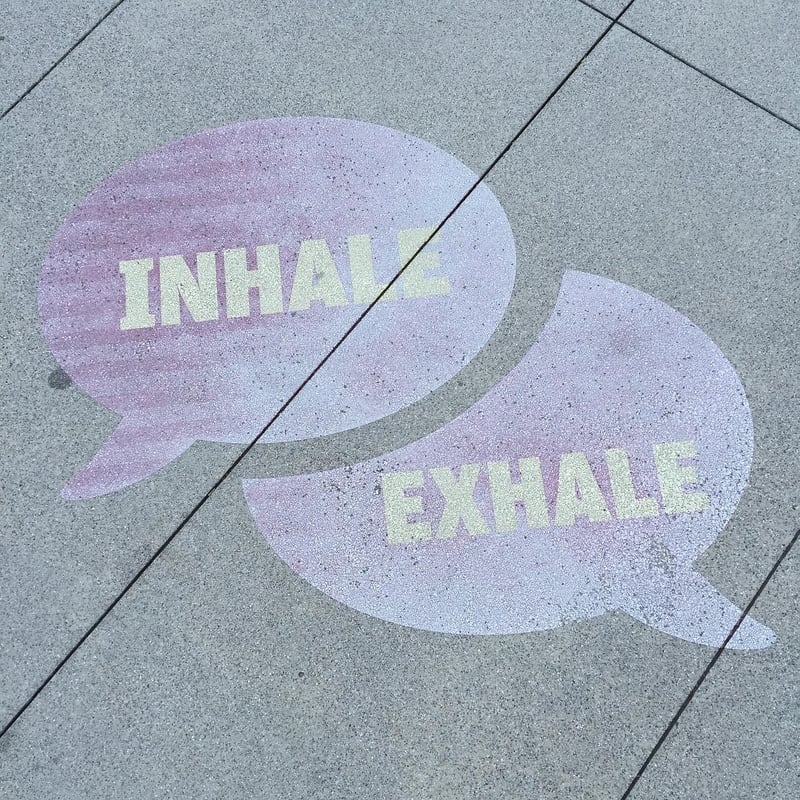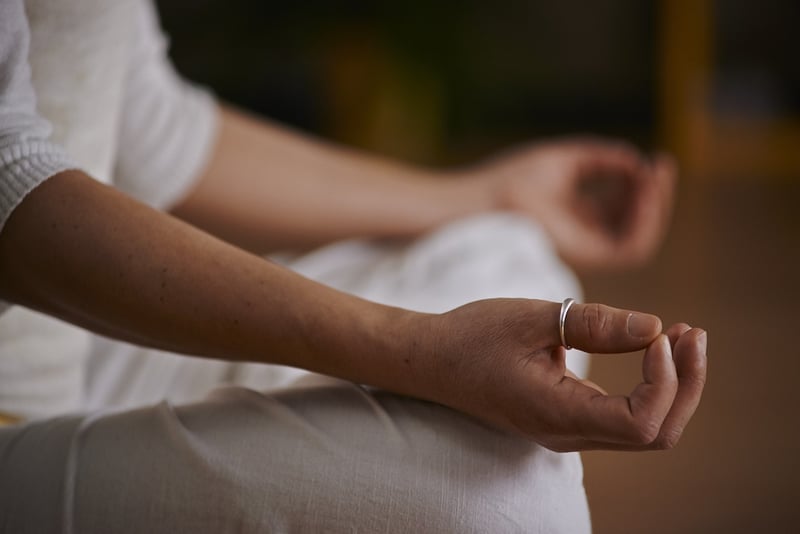Pranayama Techniques
Enhance Mindfulness Through Breath Control and Pranayama Techniques
Mindfulness, the practice of being fully present and aware of one's thoughts and feelings, can be greatly enhanced through breath control and Pranayama techniques. By focusing on the breath, we can anchor ourselves in the present moment and cultivate a sense of calm and clarity. Let's explore some techniques to help you deepen your mindfulness practice.
1. Diaphragmatic Breathing
Diaphragmatic breathing, also known as belly breathing, is a technique that involves deep inhalation and exhalation by engaging the diaphragm. To practice diaphragmatic breathing, sit or lie down in a comfortable position. Place one hand on your chest and the other on your abdomen. Inhale deeply through your nose, allowing your abdomen to rise as you fill your lungs with air. Exhale slowly through your mouth, feeling your abdomen fall. Repeat this process for several breaths, focusing on the sensation of your breath moving in and out of your body.

2. Box Breathing
Box breathing is a technique used to regulate and deepen the breath, promoting relaxation and focus. To practice box breathing, inhale deeply for a count of four, hold the breath for a count of four, exhale for a count of four, and then hold the breath out for a count of four. Repeat this cycle several times, focusing on the rhythmic pattern of your breath. This technique can help calm the mind and reduce stress and anxiety.

3. Alternate Nostril Breathing
Alternate nostril breathing is a Pranayama technique that involves breathing through one nostril at a time. This practice is believed to balance the two hemispheres of the brain and promote a sense of harmony and well-being. To practice alternate nostril breathing, sit comfortably with your spine straight. Use your thumb to close off one nostril and inhale deeply through the other nostril. Then, close off the other nostril with your ring finger and exhale through the first nostril. Continue this pattern, alternating nostrils with each breath.

By incorporating these breath control and Pranayama techniques into your mindfulness practice, you can deepen your awareness, reduce stress, and enhance your overall well-being. Remember to practice regularly and be patient with yourself as you explore these powerful tools for cultivating mindfulness.
References: Mayo Clinic - Decrease stress by using your breath Yoga Journal - Beginner's Guide to Pranayama
